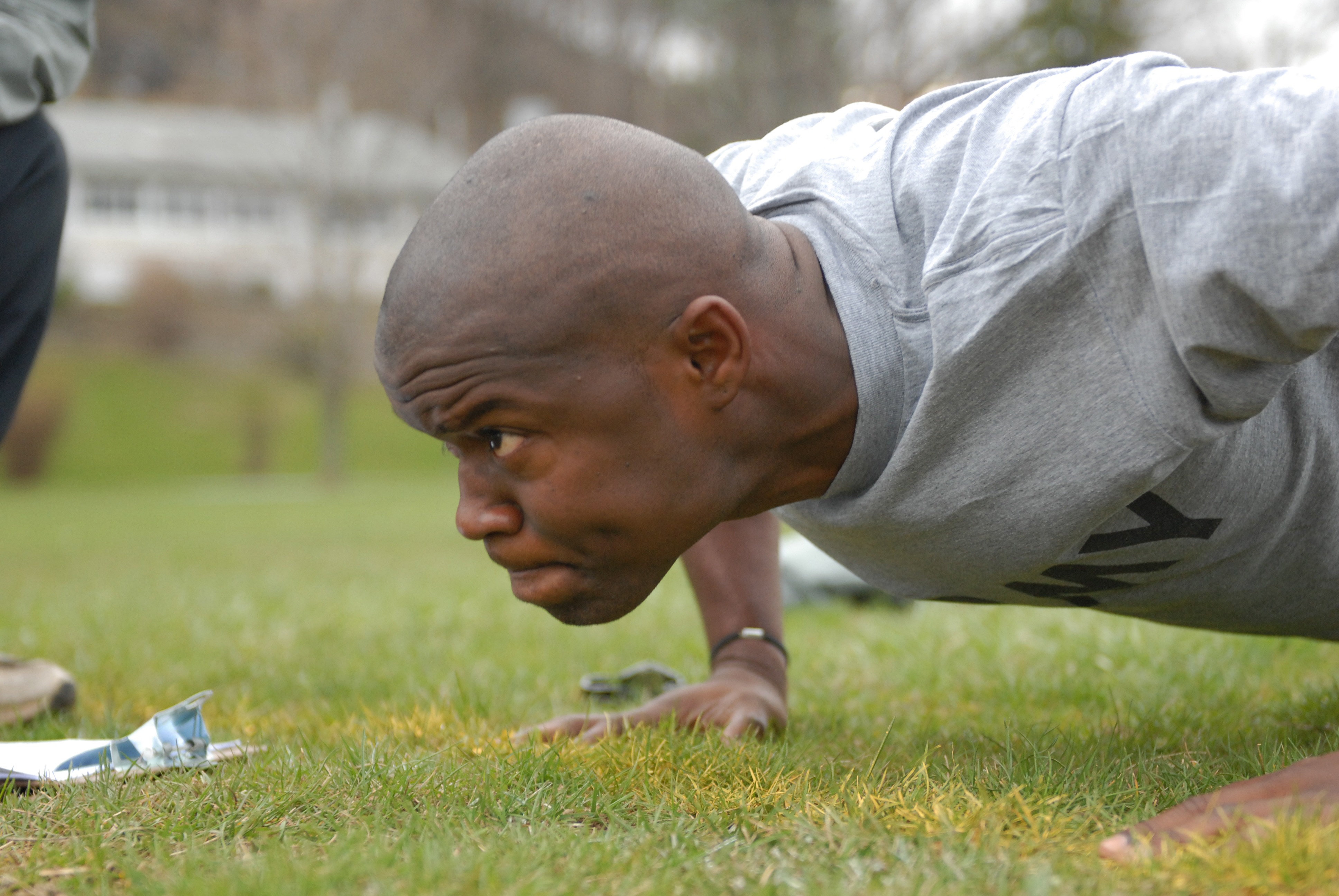Core training has received a great deal of attention over the last 15 years. It is presented as a very scientific, objective, and necessary way to approach training in order to improve performance, prevent lower back injuries, and treat lower back injuries. Much of this depends upon taking research with limited conclusions and applying that to a broader context. For example, two studies published in 1997 by Hodges and Richardson showed that the deep transversus abdominus was recruited first during unexpected shoulder and hip movements. From these limited results the broad conclusion is often drawn that all movements originate in the core, therefore we must train the core extensively to improve our performance.
Attempts to link core training to lower back injury prevention largely stem from a 1992 thought exercise published by Panjabi. In this article, he describes a set of theoretical spinal stabilizing subsystems in an attempt to show the interdependence of each and to make the point that injury or dysfunction in one could have an impact on the others. While applying the article to core training, many people fail to read the article closely enough to realize that it has no references attached to these subsystems and is meant to be an intellectual exercise to identify how complicated and interconnected everything could be.
In addition, marketing has taken this concept by storm. It makes fitness professionals sound very smart and scientific, it allows the use of a variety of fun devices and implements in training, and it ties into an exerciser’s vanity. The challenge is that many of the purposes of performing core training have very little support in the literature. In 2011 I published an article in Strength and Conditioning that reviewed the literature and found no link between core training and performance improvement, core training and injury prevention, and tenuous links between core training and injury treatment (tenuous in the sense that any type of exercise is equally effective at injury treatment).
In the June issue of the Journal of Strength and Conditioning Research, Martuscello et al have an article that further challenges some of our thoughts about core training. The authors conducted a literature review to examine how various types of exercises recruit three core muscles (transversus abdominus, quadratus lumborum, and lumbar multifidus). They examined the literature looking at the following types of exercises:
• Traditional core (like a crunch)
• Stability (plank, side bridge, etc.)
• Stability ball/device
• Lower body free weights
• Upper body free weights
The authors studied 17 studies involving over 250 subjects. The authors found that:
• Lumbar multifidus activity is greater during lower body free weight exercises than during ball/device exercises. It is similar during both stability and ball/device exercises. Activity may be greater during stability exercises than during traditional core exercises. Activity may be lowest during upper body exercises.
• Transversus abdominus activity is similar during both stability and ball/device exercises. It may be greater during upper body free weight exercises than lower body exercises. It may be similar between traditional core exercises and stability exercises.
• Quadratus lumborum activity was not studied in any of the studies the authors examined.
Lower body free weights seem to be the most effective way to recruit the lumbar multifidus. According to the authors, no type of exercise was clearly more effective at recruiting the transversus abdominus. The authors also note that because there is no literature on quadratus lumborum recruitment, strength and conditioning professionals cannot use scientific evidence to inform their decisions about training this muscle. As a result of all this, the authors recommend focusing training around multi-joint free weight exercises primarily targeting the lower body for a core training effect.
The challenge with core training is that athletes have a limited amount of time to train and a limited ability to recover from training. This means that training has to provide a maximum return on investment. If core training does not improve performance or prevent injuries, then it really doesn’t make sense to make it an emphasis in training. In addition, if exercises that make the athlete stronger and more powerful are also as effective or more effective at training the core, then those exercises should be prioritized in training.
References:
Cissik, J.M. (2011). The role of core training in athletic performance, injury prevention, and injury treatment. Strength and Conditioning Journal, 33(1): 10-15.
Hodges, P.W. and Richardson, C.A. (1997a). Feedforward contraction of transversus abdominis is not influenced by direction of arm movement. Experimental Brain Research, 114: 362-370.
Hodges, P.W. and Richardson, C.A. (1997b). Contraction of the abdominal muscles associated with movement of the lower limb. Physical Therapy, 77(2): 132-144.
Martuscello, J.M., Nuzzo, J.L., Ashley, C.D., Campbell, B.I., Orriola, J.J., and Mayer, J.M. (2013). Systematic review of core muscle activity during physical fitness exercises. Journal of Strength and Conditioning Research, 27(6): 1684-1698.
Panjabi, M.M. (1992). The stabilizing system of the spine, part I: function, dysfunction, adaptation, and enhancement. Journal of Spinal Disorders and Techniques, 5(4): 383-389.



